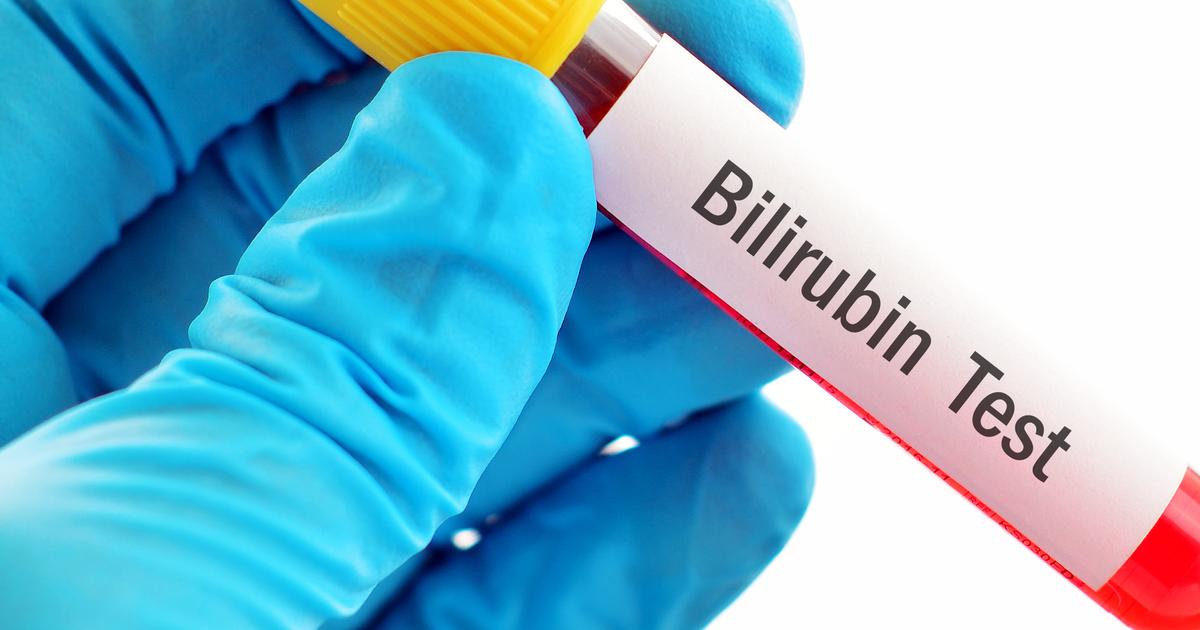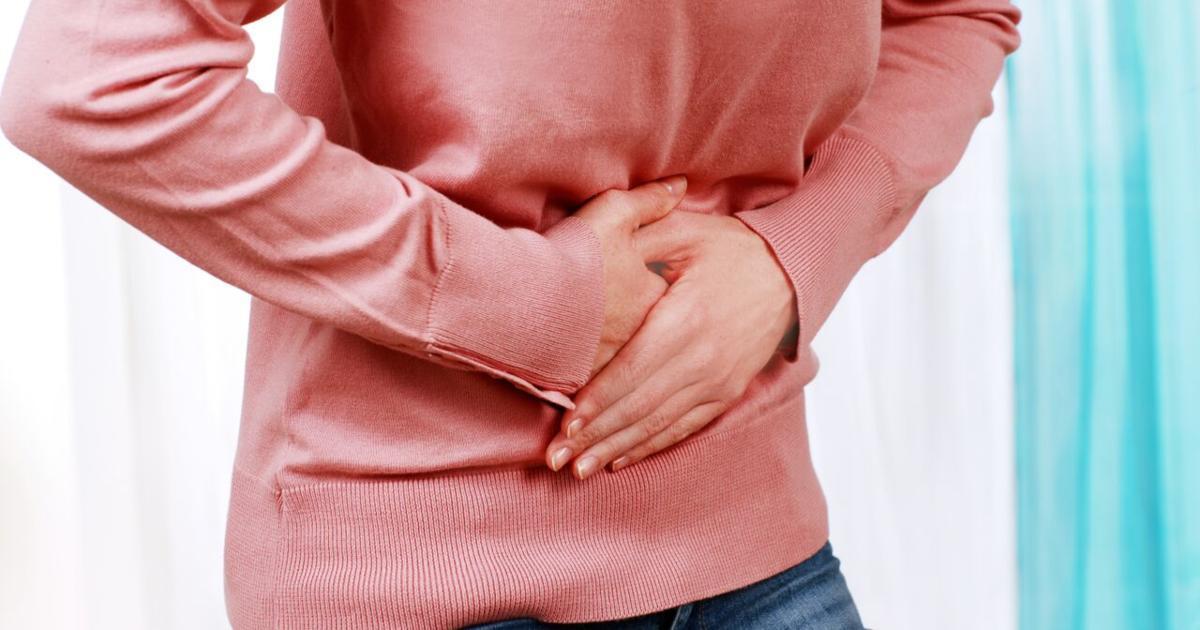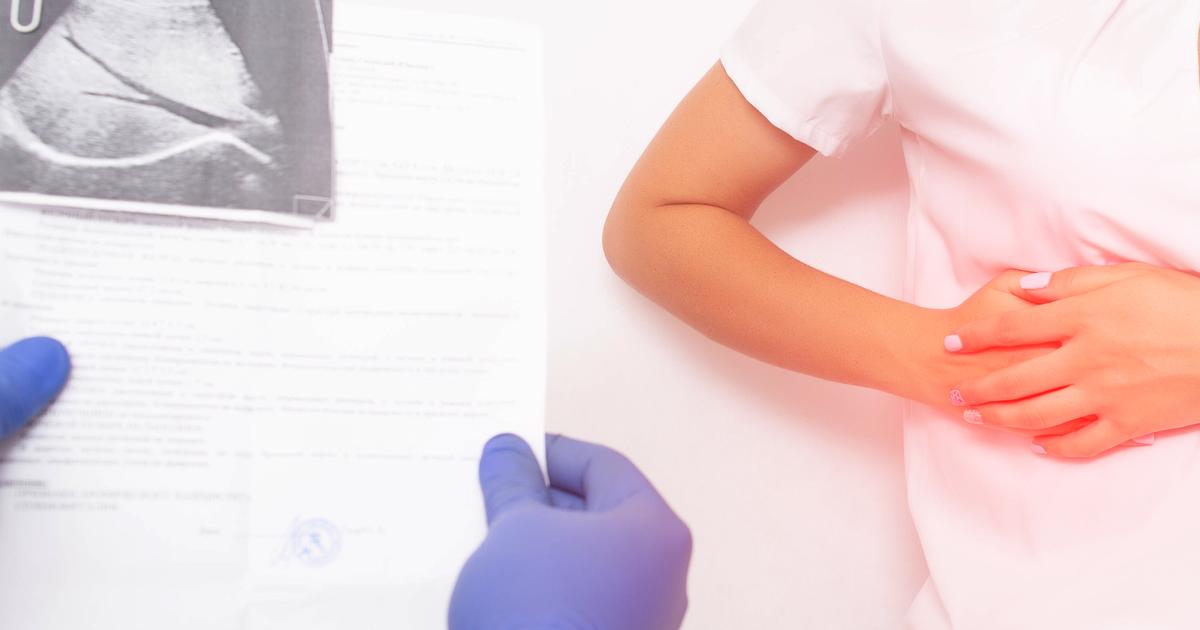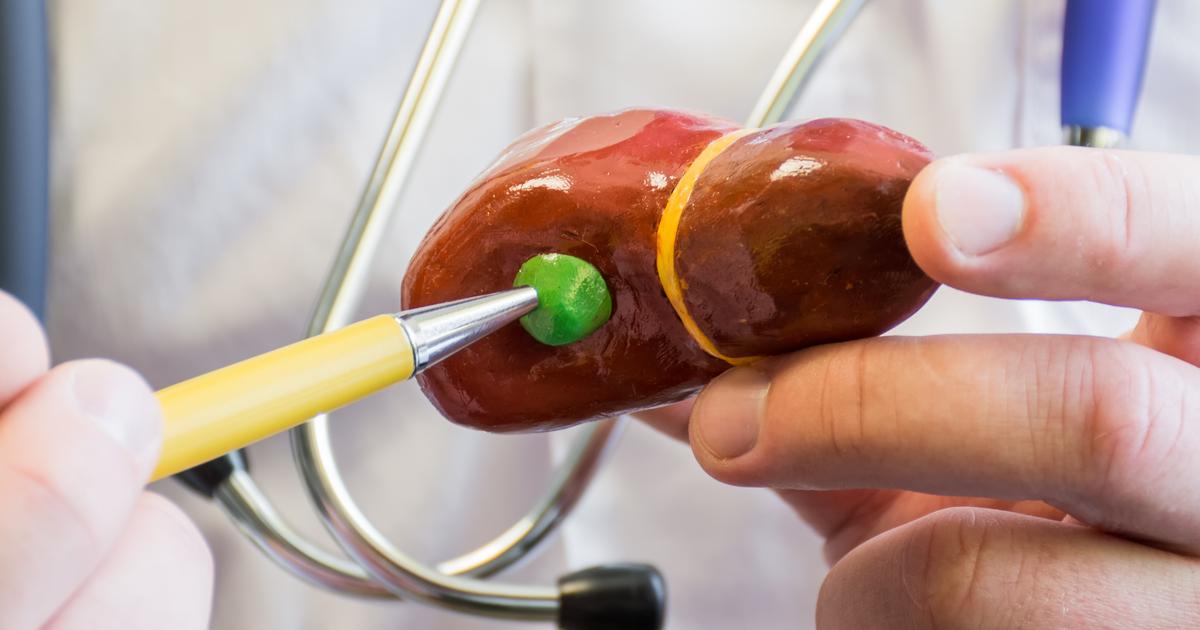Serious Causes And Complications Of Gallstones
When lumps or stones form in an individual's gallbladder or bile duct from the calcification or hardening of certain substances, they are referred to as gallstones. The small organ that sits underneath an individual's liver on the right-hand side of their body that concentrates and stores a special enzyme needed for digestion or bile is referred to as the gallbladder. Symptoms of gallstones include nausea, vomiting, pain on the right-hand side of the body, back pain between the shoulder blades, sweating, and restlessness. The diagnosis of gallstones is made with the use of x-ray scans, abdominal ultrasound, CT scans, endoscopic ultrasound, cholescintigraphy, cholangiography, and blood tests. Depending on an individual's symptoms and what their gallstones are composed of, treatment can include surgery to remove the stones or gallbladder, medication to dissolve the stones, diet changes, and antibiotics.
There are several causes and complications of gallstones. Get familiar with them now.
Too Much Cholesterol Or Bilirubin In Bile

An individual who has too much cholesterol or bilirubin in their bile may develop gallstones as a result of the chemical abnormalities. The gallbladder stores and concentrates bile before it is secreted into the small intestine to assist with the digestion of certain substances. When the levels of cholesterol or the amount of bilirubin in the bile become too high, solid particles can form and grow into stones. Solid particles develop in the bile because the concentrations of either cholesterol or bilirubin exceed the limits of their ability to be soluble. Most individuals who develop this condition have gallstones primarily composed of cholesterol. The reason for this is because the liver cells secrete cholesterol and phospholipid as unilamellar vesicles into the bile. When the bile reaches the gallbladder, the organ does its job and concentrates the bile. As the bile becomes more concentrated, the cholesterol content of it becomes higher and may form stones. When the liver secretes bile into the gallbladder in the presence of calcium, black pigment stones can develop. Gallstones made of a combination of these substances can also form as mixed gallstones.
Read more about the causes and complications of gallstones now.
Improper Gallbladder Emptying

Individuals who experience improper gallbladder emptying can develop gallstones as a result of their biliary malfunction and its effects on their bodies. When an individual consumes food, their gallbladder contracts and secretes bile into the first segment of the small intestine or the duodenum. This contraction is the result of the release of a hormone called cholecystokinin, which is triggered when food is detected in the small intestine. However, certain circumstances or conditions can cause an individual's body to not release this hormone to initiate the proper emptying of bile from the gallbladder. These conditions and circumstances include alcohol abuse, rapid weight loss, organ transplants, restrictive diets, poor muscle tone, organ failure, some medications, intravenous only nutrition, pregnancy, and stomach surgeries. When bile stagnates in the gallbladder, the organ continues to concentrate the fluid as more bilirubin and cholesterol are added. When these elements build up over time due to delayed emptying, they lose their solubility in the bile, sludge together, and crystallize, forming gallstones.
Keep reading to reveal more causes and complications of gallstones now.
Gallbladder Inflammation

Gallbladder inflammation and acute cholecystitis are terms used to refer to the process that occurs when bacteria colonize in the gallbladder, or when another mechanism causes the immune system to attack or respond to the healthy or damaged cells of the gallbladder. Gallstones can obstruct the cystic duct where bile exits the gallbladder, causing the stagnation of bile in the organ. When bile becomes stagnated in the gallbladder, bacteria that normally would not pose a problem can begin to grow out of control. This colonization of bacteria causes further inflammation when the individual's immune system responds. Pus can accumulate in the gallbladder, and it can become enlarged to the point where neighboring organs like the liver can also become inflamed. The gallstones can cause erosion of the gallbladder tissues, which may also precipitate an inflammatory response by the immune system to help mediate the cellular damage.
Discover additional complications of gallstones now.
Bile Duct Blockage

A bile duct blockage can occur as the result of a gallstone that has migrated into the duct or a stone that has developed from bile sludge in the duct. When gallstones obstruct the bile duct, several problems can arise. The common bile duct not only carries bile from the gallbladder to the small intestine, but it also carries digestive enzymes from the pancreas to the small intestine. When the digestive enzymes are unable to reach the small intestine after they have been produced in the pancreas because of a gallstone obstruction, they can activate in the duct and pancreatic tissues. This activation of digestive juices can produce massive damage to the pancreatic tissues because of their potent corrosiveness. This process leads to a life-threatening condition called pancreatitis, which is an emergency that requires urgent treatment in a hospital. When a gallstone becomes lodged in the bile duct, bilirubin from the liver can also begin to accumulate when it has nowhere to go. When bilirubin backs up in the liver, it spills out int the individual's blood and produces jaundice. Jaundice occurs when an individual's skin and white of their eye takes on a yellow tint because of an accumulation of bilirubin in the body.
Uncover more complications associated with gallstones now.
Gallbladder Cancer

The biggest known risk factor of gallbladder cancer is the previous development of gallstones. Gallbladder cancer occurs most often in individuals who experience inflammation of the gallbladder or cholelithiasis. Inflammation of the gallbladder tissue that occurs as a result of gallstones increases the chance of gallbladder cancer for two main reasons. Chronic irritation and cellular damage provide more of an opportunity for a genetic mutation to occur during cellular repair and replacement. Gallstones also cause the production of substances in the gallbladder that promote epithelial dysplasia and proliferation. These processes cause the initiation of the dysplasia-carcinoma sequence, which ultimately leads to the development of gallbladder cancer. Most cases of gallbladder cancer in patients who have had gallstones tend to develop when the gallstones have remained in the gallbladder for an extended duration. Stones that remain in the gallbladder for long periods can produce chronic trauma to the mucosa that is required for carcinogenesis to occur.
